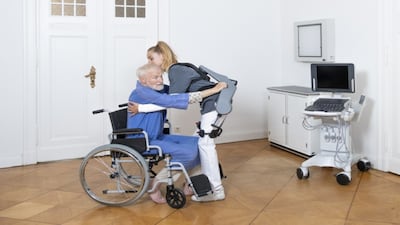With the mounting five-year clinical evidence and proven cost-effectiveness of transcatheter aortic valve replacement (TAVR), robust and sustained growth is projected in the TAVR market. Incremental improvements along with expanded indications for use in lower-risk patients – a much greater potential patient population – accompanied by favorable reimbursement set for 2015, have shifted this market into high gear. On October 1, a hike in reimbursement for TAVR along with an increase in payment rates helped lay the groundwork for solid growth in the years ahead. Leerink Swann is projecting annual growth rates of transcatheter valve replacement (TVR) in excess of 30% worldwide through 2017 and most industry analysts concur. By 2019, the worldwide TAVR market is estimated to reach over $3 billion. (See Exhibit 1.)
Exhibit 1
Read the full article – start your free trial today!
Join thousands of industry professionals who rely on Medtech Insight for daily insights
- Start your 7-day free trial
- Explore trusted news, analysis, and insights
- Access comprehensive global coverage
- Enjoy instant access – no credit card required
Already a subscriber?







